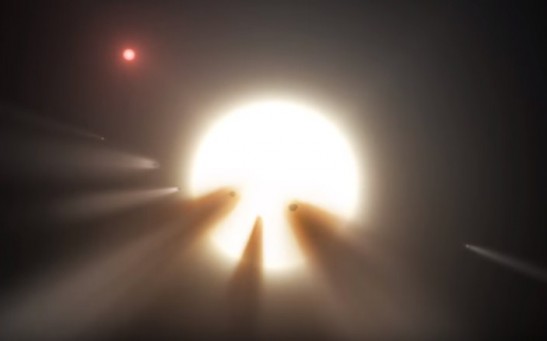star
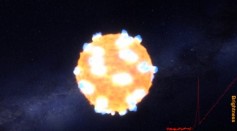
Rare Supernova Explosion Flooded Star With Calcium & Other Elements, Discovered By Astrophysicists
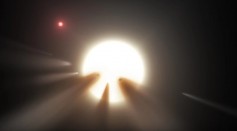
Why Is The Boyajian's ‘Tabby’ Star Dark? Alien’s Built Megastructures, Black Hole Disk, Eaten Planet Pointed As Reasons
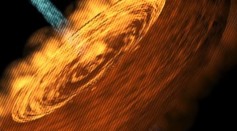
First Clear Image Of Accretion Disk ‘Space Hamburger’ Being Eaten By Young Star; Captured By ALMA In Amazing Photos [WATCH]
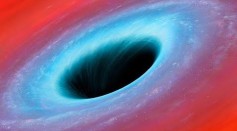
Supermassive Black Holes Interesting Facts: These Giants Eat And Give Birth To New Stars

Life Other Than Earth's Might Be Closer
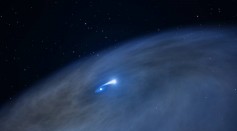
Hubble Observes Unique Star Dubbed "Nasty"

Sun Experiences Seasons Just Like the Earth
With the Help of ALMA Astronomers Find Complex Organic Molecules in Infant Solar System
Astronomers Adopt a Forming Star, Watching it Grow for 18 Years 4200 Light-Years Away

Dust on the Ocean Floor Reveals Ancient Supernova
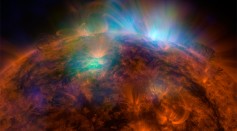
NuSTAR Telescope Helps NASA Find Nanoflares on the Sun
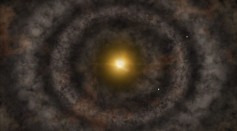
ALMA Imaging Reveals Emerging Planets in Nearby Taurus Constellation

Taking A Bite Out of Sunlight—US Expects A Partial Solar Eclipse
Most Popular

How Technology Is Changing the Real Estate Industry?

AI Revolution in Medical Education: Transforming How Healthcare Professionals Learn

Zombie Star Set to Light Up Night Sky: Blaze Star Could Erupt Soon

Exploring Life Beyond Earth: Study Claims Other Planets Could Be Suitable for Alien Life

